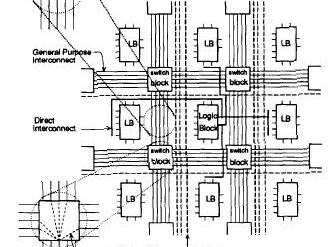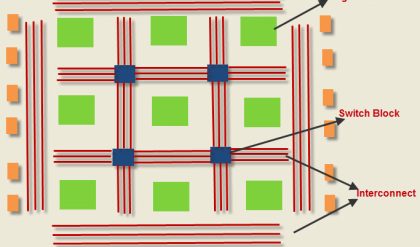
Introduction
A Transmission Gate (T-gate or TG or pass gate) is a bi-directional switch made up of an NMOS and PMOS in parallel. A control signal is connected to the gate of the NMOS (C) and its complement is sent to the gate of the PMOS (C’)
The T-gate is a bidirectional switch between A (input) and B (output) which is controlled by C (control signal, select line, enable signal etc.).

How TG Works?
When the control signal is HIGH (VDD):
– both transistors are turned on
– a low resistance path exists between A and B and I/P A is transmitted to the O/P B.
When the control signal is LOW (0v)
– both transistors are off
– the T-gate looks like an open circuit

This type of operation is commonly used in bus situations where only one gate can drive the bus line at the same time. T-gates are put on the output of each gate on the bus. The circuit that drives will use a T-gate to connect to the bus with a low impedance path. All other circuits that aren’t driving will switch their T-gates to be a high-impedance.
Some logic design using Transmission Gates
2:1 Multiplexer

4:1 Multiplexer

D Latch using TG

When CLK=1, CLK’=0, and, 1st TG turns ON, and, 2nd TG turns OFF, thus, whatever may be the input, it appears at the output. For latching purpose, the 2nd TG has to be in ON condition, therefore, CLK=0, CLK’=1, and, the input gets latched up in the loop as soon.
D Flip Flop using TG
Circuit wise, simply cascade two D Latch circuits in series with inverting clocks polarity. First, D Latch (Left Hand Side) acts as Master Circuit, and second D Latch (Right Hand Side) acts as Slave Circuit.






